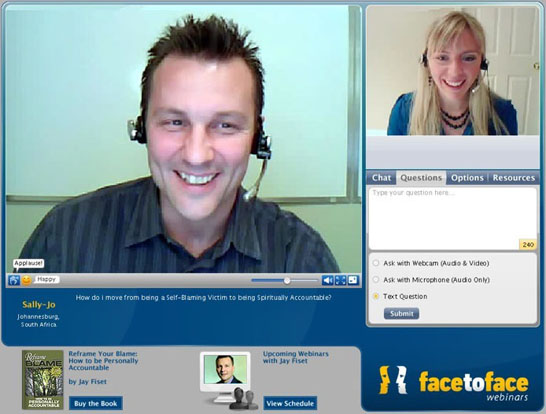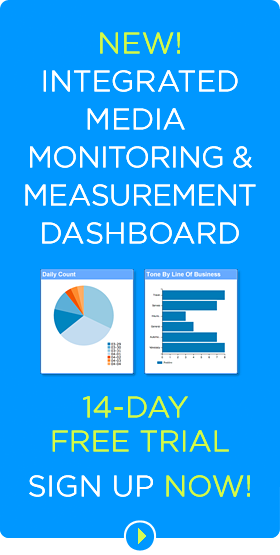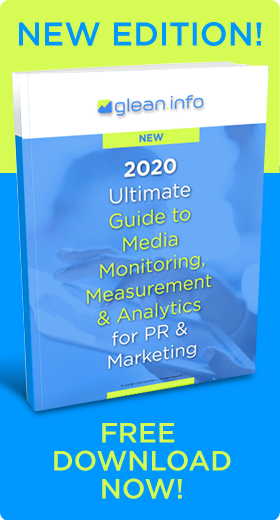 A webinar offers a superb tool to generate leads and establish your organization as an authority in its niche. When implemented flawlessly, a webinar can bring prospects close to the point of closing. Webinars are ideal for educating many interested consumers or B2B prospects simultaneously. Webinars are especially valuable when you need to reach people at a long distance from your sales reps’ territories. Webinars work best when they educate, not sell.
A webinar offers a superb tool to generate leads and establish your organization as an authority in its niche. When implemented flawlessly, a webinar can bring prospects close to the point of closing. Webinars are ideal for educating many interested consumers or B2B prospects simultaneously. Webinars are especially valuable when you need to reach people at a long distance from your sales reps’ territories. Webinars work best when they educate, not sell.
The challenge is that webinars are time-consuming to develop and sometimes difficult to produce. Preparing content, attracting participants and managing the technical aspects of webinars can be taxing. In addition, fear of public speaking can be an obstacle for some subject matter experts.
Experts advise following these key steps to overcome those hurdles and produce effective webinars.
Segment your audience. Because addressing the needs of everyone is impossible, defining your prospective audience by segmenting the group as much as possible is a critical first step, stresses Robin Neifield, CEO and cofounder of NetPlus Marketing Inc., in a ClickZ post. Determine what information they seek, questions they ask, and reasons for attending the webinar.
Create a compelling title. Selecting a topic and a headline with excellent search potential will garner more interest, advises Arment Dietrich CEO Gini Dietrich. For instance, her team produced a webinar on Google analytics. Instead of calling it “Advanced Analytics,” they named it “The Lies and Truths of Google Analytics,” a more enticing title.
Create useful content. Allow adequate time to create superior content that attracts and interests the targeted audience. To draw attendees, it’s crucial to focus on the benefit to them; the more relevant and valuable the content, the better. Research the topic to find existing resources and strive to add something new to the topic rather than regurgitating easily-available information. When using information from previously published resources, take care to provide proper attribution. Avoid a sales pitch (except if you bill the webinar as a product introduction).
Consider using a guest speaker. Inviting as a guest speaker an influential individual who has substantive ideas and information can attract a larger audience and provide the audience with more fascinating insights. The expert can also add credibility to the educational or promotional messages. Make sure in advance that the guest’s talking points align with your organizations beliefs and product messages.
Choose a stable platform and have back-up connections. Picking an unstable platform can lead to a disaster, warns Brianne Shelley at HubSpot. Even with a reputable platform, technical glitches can occur. It’ prudent to
- log in with a second computer in case the first crashes,
- dial in with a backup telephone in case the first disconnects,
- print out the slide presentation, and
- use separate networks for moderators and presenters so if one system drops, the other can continue to advance the slides.
Prepare the delivery. Practice sessions, ideally before an audience of your colleagues, can reduce nervousness and eliminate glitches. Emphasizing case studies, anecdotes and visual elements will keep the audience engaged. Summary slides are ideal for emphasizing key points. Stating at the beginning what you plan to cover and avoiding extensive industry jargon can help retain audience attention. Allow time for audience questions, but create your own in case there are none.
Promote the webinar extensively. Employing all available channels – your website, blog, email newsletter, social channels and offline channels — is critical attract attendees. Inviting influencers to attend and promote the webinar can help promote the session. The importance of focusing on the benefit to the audience bears repeating. Sending a reminder to attendees before the event will help them to remember to log in.
Repurpose webinars. Marketers can consider repurposing webinars into different formats, including blog posts, white papers or social media posts. Record the presentation and post it on the corporate website as a downloadable or streaming video file. Also post the file on YouTube and other video sharing sites. Post the content on Slideshare. Condensing versions of webinars in video blog format can extend their reach, says Dane Frederiksen, owner of Digital Accomplice. Many people would like to attend webinars but lack the time to attend the complete sessions during the day, she points out in a post for the Content Marketing Institute.
“There is a great, untapped opportunity to repurpose those 30- to 60-minute webinars into more digestible online content pieces — with minimal cost and effort,” she says. “I’d argue this is a secret weapon — a tactic that many companies haven’t yet caught on to.”
Bottom Line: Webinars are an excellent marketing tool. They can educate your audience about your niche, attract sales leads and bring prospects closer to closing. However, successful webinars require extensive preparation, aggressive promotion and flawless implementation.
William J. Comcowich founded and served as CEO of CyberAlert LLC, the predecessor of Glean.info. He is currently serving as Interim CEO and member of the Board of Directors. Glean.info provides customized media monitoring, media measurement and analytics solutions across all types of traditional and social media.





Trackbacks/Pingbacks